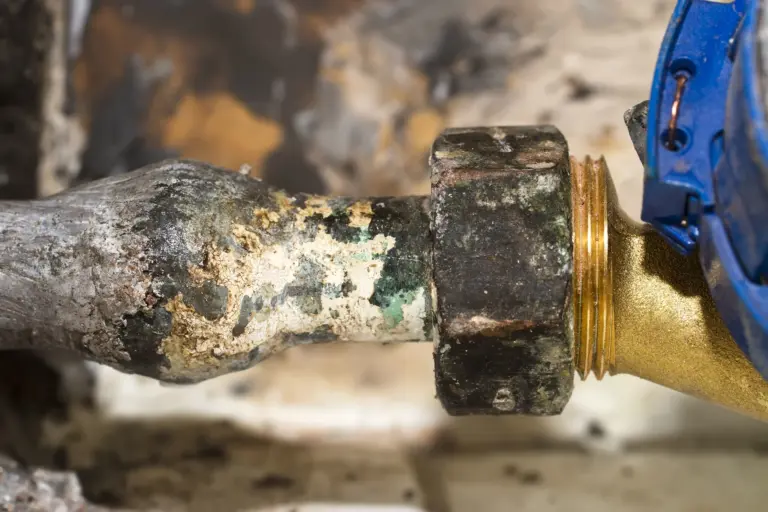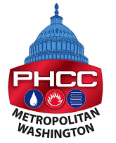
Lead poisoning can have pernicious health consequences for both adults and children. The negative effects of ingesting lead don't always display immediately but they can have long-term effects on every aspect of a child's life and future.
Lead is considered a "cumulative toxicant", which means the more it builds up the more harm it does. Drinking one cup of water with slightly elevated lead content may not have any long-term effects, but cooking, drinking and brushing your teeth with lead-contaminated water daily for years can result in severe consequences, especially on children.
LEADS EFFECT ON CHILDREN
Prolonged exposure and consumption of lead can cause an array of devastating developmental issues for children. It negatively affects brain development, IQ and behavior. Children suffering from lead poisoning may appear to have reduced attention spans, struggle in school and exhibit antisocial tendencies.
Reduced intelligence due to lead poisoning is something that can't be undone. Children who struggle with behavior or attention in school may have trouble excelling in their academic pursuits, and it may affect their ability to find and hold down jobs in the future. Antisocial behavior may even lead to criminal activity and incarceration.
Parents concerned their children may have been exposed to dangerous levels of lead should visit a pediatrician for blood tests. The consequences can potentially be mitigated, but the best thing you can do is take steps to stop or minimize lead ingestion as soon as possible.
LEADS EFFECT ON ADULTS
Adults exposed to high concentrations of lead in their drinking water can suffer a variety of cardiovascular and reproductive issues. Lead poisoning has been linked to hypertension and high blood pressure and reduced kidney function. Lead can also cause nerve issues, with high concentrations potentially even leading to seizures.
Pregnant women with lead poisoning have a high risk of passing that lead concentration on to the fetus.
WHY IS LEAD STILL A PROBLEM?
The answer to that question is complicated.
The word "plumbing" is derived from the Latin word for lead, plumbum. Lead was a metal that humans believed to be ideal for use in plumbing for millennia thanks to its durability and ease of use. Lead is also cheaper and lasts longer than iron. The health consequences weren't fully understood until literally thousands of years after lead's universal use in freshwater delivery.
People suspected lead pipes could be causing illnesses in the late 19th century. Experts knew lead was toxic by 1904. The precursor to the United Nations, the League of Nations, recommended countries stop using lead pain in 1921. The United States waited until 1978 to ban lead paint and 1986 to ban lead pipes.
There were a lot of lead business interests in the United States that lobbied the government and regulatory agencies to prevent banning lead products. The country was also growing rapidly, and many lead products were more affordable and lasted longer than lead-free alternatives.
The ghosts of lead still haunt the nation nearly 40 years later. Plumbing fixtures with as much as eight percent lead-by-weight were legally allowed to be marketed as "lead free" as recently as 2014. The current allowable lead-by-weight content is 0.25 percent. Back in 2016 a National Survey of Lead Service Line Occurrence sponsored by the American Water Works Association estimated there were approximately 6.1 million full or partially lead service lines feeding the nation's communities.
The nation's water infrastructure is diverse. Each city, municipality and state have essentially done their own thing for the past 150 years, and any diverse system that delivers water to some 330,000,000 people is going to have inconsistencies.
WHAT YOU CAN DO ABOUT LEAD PIPES IF YOU LIVE IN THE WASHINGTON, DC METRO AREA
The most any community can do is worry about itself. Our community, like most others around the nation, used to rely on lead pipes for service lines and home plumbing. DC Water and various partner plumbing companies have undertaken a massive project to rectify the situation. Vito Services is proud to participate in Washington, DC's Lead Pipe Replacement Assistance Program (LPRAP).
Family's can find out if their home likely has lead pipes or a lead service line on the DC Water lead map. If you find your home might have either lead pipes inside your walls or a lead service pipe connecting your home to the city's water system, we encourage you to call us at (800) GET-VITO ( 301-315-6100 ).
Financial assistance is available for repiping (many households get the entire job covered by the program). You can find out what type of assistance you may qualify for by visiting our DC Lead Pipe Replacement page.
Don't let fixable lead pipes hurt your family – contact us today.








